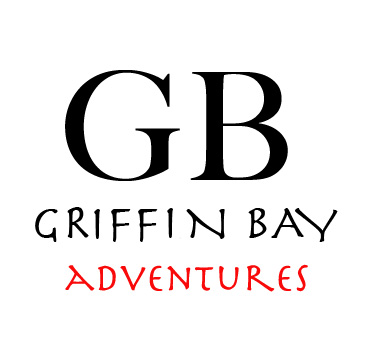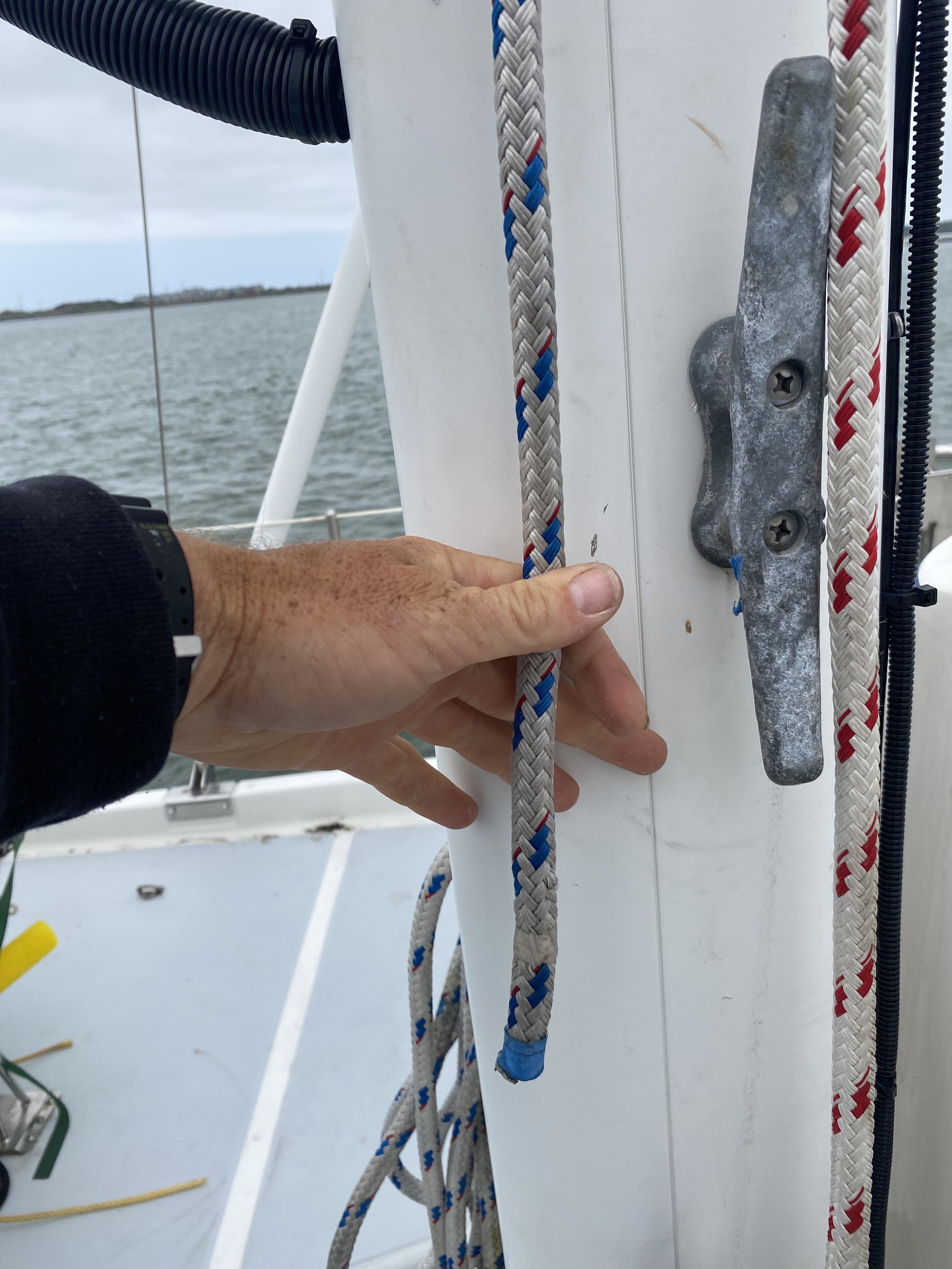The crew arrived when I was having a soda water from Captain Ron’s built-in soda fountain aboard his mighty “Zephyr”. Ron and his first mate Ashley were kind enough to give my crew a tour of the 80-foot converted pilot boat they they charter for research work on the Washington Coast. After this, we went to provision, and though I was a little concerned about Rachel’s enthusiasm with filling our shopping cart im very happy she did. I am a frugal shopper and a single guy so despite my experience provisioning boats for trips like these it always seems like a lot of food when its all in one cart.
Sam spent the night with his wife who drove them out that evening in a hotel and who was going to enjoy a hike before driving back to Seattle the next day. 5:30 am was the decided dock time for light and a favorable tide.
Unfortunately, we didn’t get off the dock as quickly as hoped as the LPG was not working. A quick look and jiggle of wires showed that someone had replaced the solenoid and not used waterproof butt connectors and though the boat was unusually well equipped with tools I could find any butt connectors so I had to open and salvage an old one to boil water for some coffee for my brain. After a brief safety meeting, we went to the dock and topped off with 600 gallons of fuel.
Once underway and with the last of the Ebb still running we brought the engine up to 2100 RPM and were making over 9 knots. The water was flat and the sun was out. I decided to leave Tatoosh Island to port which is unusual as I usually take “hole in the wall” in powerboats in calm water but it was past lunchtime and in addition to needing to make something to eat I was not confident with the maneuverability of the boat at slow speeds and with following current to take the narrow and scenic short cut. There was a small westerly swell running and maybe 5 knots of wind from the South when we hung a left downhill.
The Nordhavn has a round bilge and high superstructure so is prone to roll. Some come with what are called active stabilizers which are articulated fins that protrude from the hull underwater and can automatically adjust to the roll of the boat to keep the boat flat. This boat didn’t have these but did have “passive stabilizers” or “paravanes” which are often found on fishing boats in the northwest and do the same job although not as efficiently.
Paravaines are long poles that tilt down to the water to suspend “fish” or heavy-finned sinkers that are attached with chains to pivot points to allow them to sink easily but provide resistance to upward pull and counter the rolling of the boat respectively. The byproduct of this antagonism is that they produce drag so I chose to wait to deploy them when the conditions picked up. We did however lower the paravanes but just without launching the fish.
We did however decide to practice deploying and retrieving one after watching a video that was coincidently shot at the same dock in PA we had just spent the night at. This was a good idea as they are tricky and require crew coordination.
The NW swell picked up eventually and we launched the fish. This is a challenge as the upper deck of the N40 is quite high and the roll of the boat up there is substantial. With Rachel driving and Sam on the upper deck and clipped on operating the winch and crane while I pulled the fish from their holsters. There are short cables that are used to keep these 40-pound fish in place and work nicely as tethers to clip to your PFD and harness while you wrestle with these dangerous things. The only addition to the tips in the video is that you should pull a bunch of slack in the retrieval line prior to launching so that when you release the fish it quickly sinks down and out away from the boat when timed with the roll.
While we were doing this we saw a puffin with is rare this far south.
Paravane down and not enough line to secure it.
Once down the boat felt totally different. Unfortunately, the riggers who had been hired to refurbish the boat’s rigging didn’t make the topping lift line long enough to be secured when deployed. I also found that one of the shackles on the fish was very loose and the “mousing” (wire) employed to prevent them from backing out was at the end of its life. I managed to remove some of it without breaking it and retighten the shackle with a wrench and re-mouse it. This was a weak point we would not be able to deal with once in the seaway
Once around the corner of Cape Flattery we usually lose all cell coverage and the ability to look at the forecast ahead but with the Starlink that Sam brought we were able to continue to monitor the weather we were heading for. Unfortunately, it was not looking good and I decided to delay the decision to proceed once I saw how the boat behaved in the bigger seas. We were about due west off Astoria when the seas picked up. And by that time turning the beam to them to retreat would have been a mistake as the rolling with the sea on the quarter was proving to be bad enough. This and the fact that the Columbia River Bar is a big commitment Astoria being 11 miles upriver and the bar being what it is. Newport would be the next option should we need to go in and this would mean an angle change and commitment made early to avoid the same beam seas with a right angle turn from parallel. The cost of this coarse change would make deciding to stay out hard because we would be beam to the NW swell mixed with the North swell and mean seas on the other beam to earn more water (get offshore) By noon the bar report from Yaquina Bay was deteriorating and was restricted to vessels under 16 feet and there was a chance it would be closed to vessels our size. The forecast for the rest of the coast wasn’t looking good either. We were looking at 8 to 10-foot swells and 20-plus knots all the way to SF.
Cape Blanco is one of the first capes you have to contend with on this route and once a little south, we saw the biggest seas probably in the 12-foot range and with 30-knot wind occasionally blowing the tops off the occasional breaker. At one point the starboard fish got caught behind its holder on the transom and we had to slow down to clear it. From here on our bail-out options were Cresent City or Eureka. The forecast was reviewed and it looked like we didn’t have a break from the weather for over a week and the logistics of getting people home began to come to the forefront of my mind. This was another instance where the Starlink proved to be very handy. Often the transportation to and from remote and semi-remote places is harder that the delivery itself. To add to this challange car rentals have become much less convenient post-COVID and what used to be as easy and booking a quite affordable oneway rental is no more. It turns out the Hertz in Eurika now again offers one-way rentals for only $300 to drop off in Seattle. It looked like we were going to get a chance to sample the burritos in Eurika.
Once the car was booked and the crew headed back north I reached out to the owner who had expressed an interest to join for some training underway and I proposed that he meet me with his first mate for some docking practice in Euika. The current here due to the tidal exchange is substantial so it looked like a bit of a silver lining to what was now going to be a few-day delay.
Safely tied up in beautiful Eurika California
Talking to the harbormaster I was told that there weren’t any gate keys available but to call a guy named Nate if i needed to get in or to just jump the fence. Later that day a scruffy man in extra tuffs and with a Budweiser in hand asked me if I fished the boat. I said it wasn’t mine and that I was waiting for weather to continue the delivery south to SF. He invited me over to his friend’s boat for a beer and I met his friend Nate. I explained my situation in some more detail and asked for dinner recommendations and when Forest heard that I didn’t get a key from the Harbormaster he offer his own off his key ring. Two days later and Eurika was warming up to me. Oldtown is cute and quaint and about as far from my first impression of the fishing town. Walking from the public marina where I was moored to town I had to pass one of the stinkiest fish processing plants I’ve ever had the displeasure of smelling. Incidentally, the bar across the street has amazing fish tacos.
Dock security
Forest
Once the owner and his first mate showed up for lessons I saw that we would need better weather to continue with them aboard as crew. One evening I shared my concern with my new fisherman friends Nate and Forest and as it turned out the day after the first weather window opened Nate was fishing out of SF so I asked if he would crew for me. Happy to get on a boat that didn’t stink Nate agreed to help.
We planned to meet the owner in SF and drop Nate off and continue up to Napa where he had secured moorage.











